After close to 20 years of working at Ulysse Nardin and six as the brand’s chief executive, Patrik Hoffmann announced he was leaving the Kering-owned company in August 2017. Driven to pursue a new challenge and determined to stay within the watch industry, Hoffmann soon joined on with WatchBox, the rapidly growing online dealer of pre-owned timepieces, to lead the organization’s Swiss-based outpost. Recently, we sat down Hoffmann to discuss life in his new role, his background, and the importance of certified pre-owned timepieces.
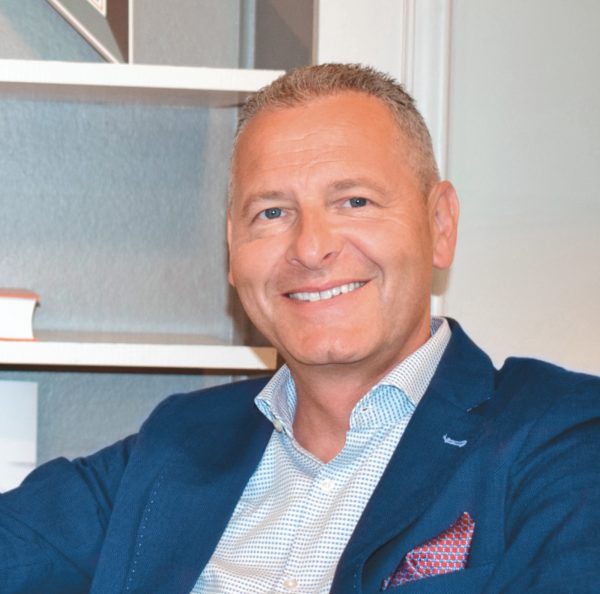
Why did you choose a career in the watch industry?
It was a coincidence that my very first employer, Oris watches, is based just a few kilometers from where I grew up. Although my education background was in finance, I decided to develop my career in the watch industry, as the combination of the finest craftsmanship and micromechanics combined with art, design and, to a limited extent, also fashion, can only be found in the watch industry.
What do you consider your biggest success?
Taking over the leadership role at Ulysse Nardin after the death of Rolf Schnyder in 2011, followed by the full development of the manufacture, the transformation of Ulysse Nardin from a “patron” to a management-driven enterprise, which paved the way to sell Ulysse Nardin in 2014. From 2014 to 2017, I led the integration of Ulysse Nardin into the Kering Group.
What makes a watch collectible to you?
If it is regularly worn and appreciated by the collector. A timepiece that doesn’t get wrist time is not worth collecting, as other people cannot appreciate and see it and as it won’t fulfill the actual purpose of why it was created: to tell the time!
Your favorite complication, and why?
Any complication that has been cleverly simplified. I was always amazed by the simplicity of complexity that Ludwig Oechslin has become known for.
Why has certified pre-owned become so relevant in the last two years?
First and foremost, because there is a true need from the end-consumers that has been neglected by the watch manufacturers and retailers. Thanks to new technologies, the rapid development of e-commerce in the watch industry, consumers that are highly educated and have great knowledge about brands, products, and true values — the markets have become highly transparent. The watch industry has preached over decades that a mechanical timepiece will last for centuries. I believe this as well; therefore, I also believe that a timepiece can still be considered new after five or 10 years.
What can a watch brand learn from the pre-owned market?
Values that are the reflection of the market and the consumers are more important than official retail prices. The true value of a brand and/or its products is reflected in the perception of the consumer and what the consumer is willing to pay, and not what the price tag says. I also see a very clear correlation between luxury, scarcity, and second-hand value.
Which brands perform best in the pre-owned segment?
It goes without saying that the brands that understand that quality, fair official retail pricing, and scarcity in production will make a brand desirable in the pre-owned segment. Marketing plays certainly a part in it, but in the long term, it’s the actual product that makes the difference.
What is the biggest challenge the industry faces today?
I see three major challenges. The watch industry was, for way too long, too far from the end-consumer and needs to learn to actually communicate with and fulfill the needs of its customers. The internet, social media, e-commerce, and the rapidly growing pre-owned segment have brought transparency to the market, and any customer who seeks to learn more about a manufacture, a product, and most of all its true value, has no more obstacles to doing so. Secondly, the integration of the brands into groups leads to benchmarking, to follow the others, to fulfill the needs of the shareholders instead of the consumers, and an industry that is losing its innovative minds to managers that are driven by Excel sheets and PowerPoint presentations instead of passion and entrepreneurial freedom and risk-taking for new ventures. And lastly, I believe that the industry has lost its heritage of focusing on talented craftsmen, artists and watchmakers and their clients to communicating and reporting on CEOs, famous bloggers, and celebrities.
What was your first “real” watch?
I was still in secondary school and I do remember owning an Oris watch. I still remember how it looked: It was a chromium-plated small watch, with a dial with red and blue rings and Arabic indexes. At that stage, I didn’t know I would ever end up with a career in the watch industry.
What was your most exciting moment since you started with WatchBox?
I was invited to present the WatchBox business model to my former employer, who was interested to know the very reason why I decided not to retire as I had initially planned.
Your advice to a watch collector?
Enjoy and wear your timepiece and appreciate the craftsmanship and the watchmakers, artists, technicians, and engineers who mastered and created the extraordinary micromechanics.

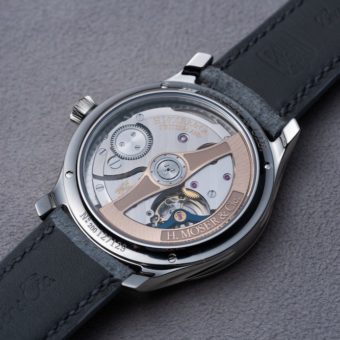
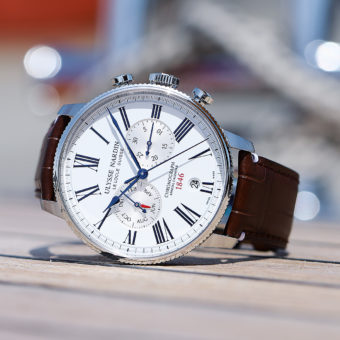
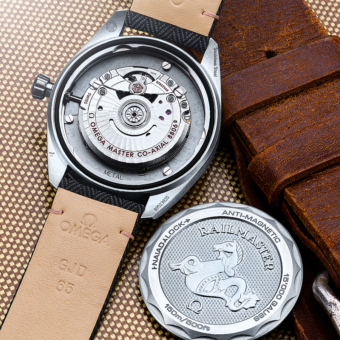
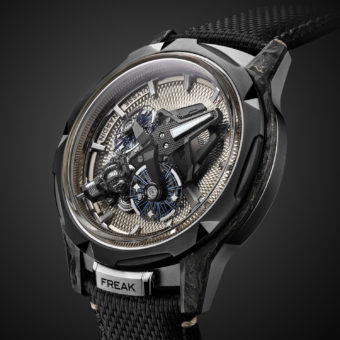
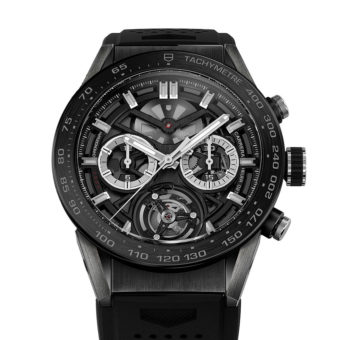
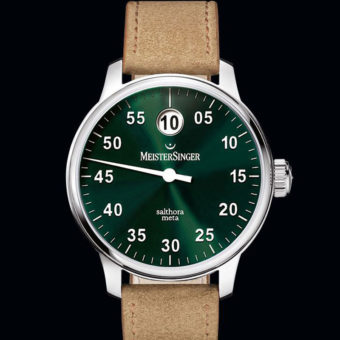
The interview with Patrik Hoiffmann was first class. It is obvious that Mr. Hoffmann is the ultimate professional of the world of fine watches but what was exciting was his respect for watch makers, craftsmen, and artists who daily offer us the style and the intimate access to the history and life line of a particular and favorite watch.
Having worked with Patrick many years it was god to hear whet he ended up and why.